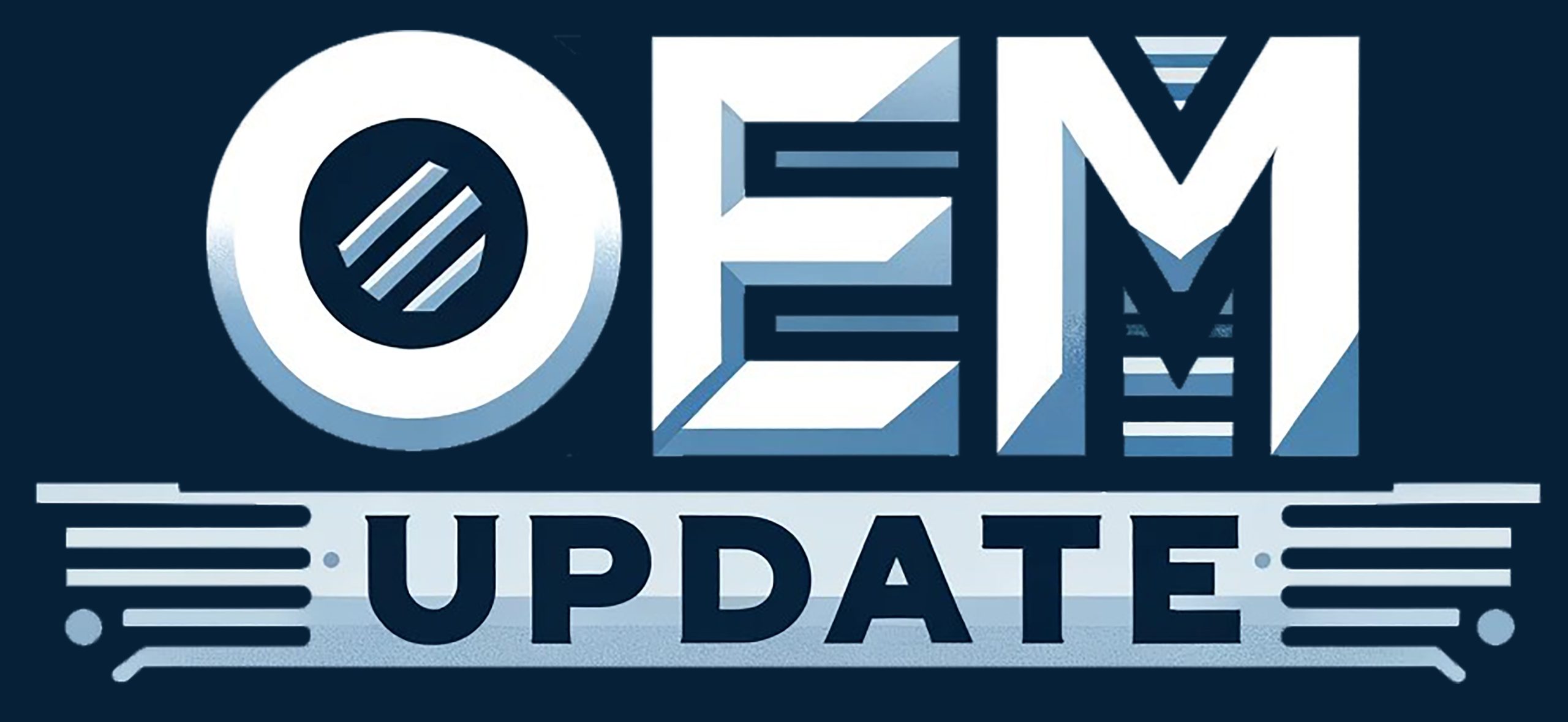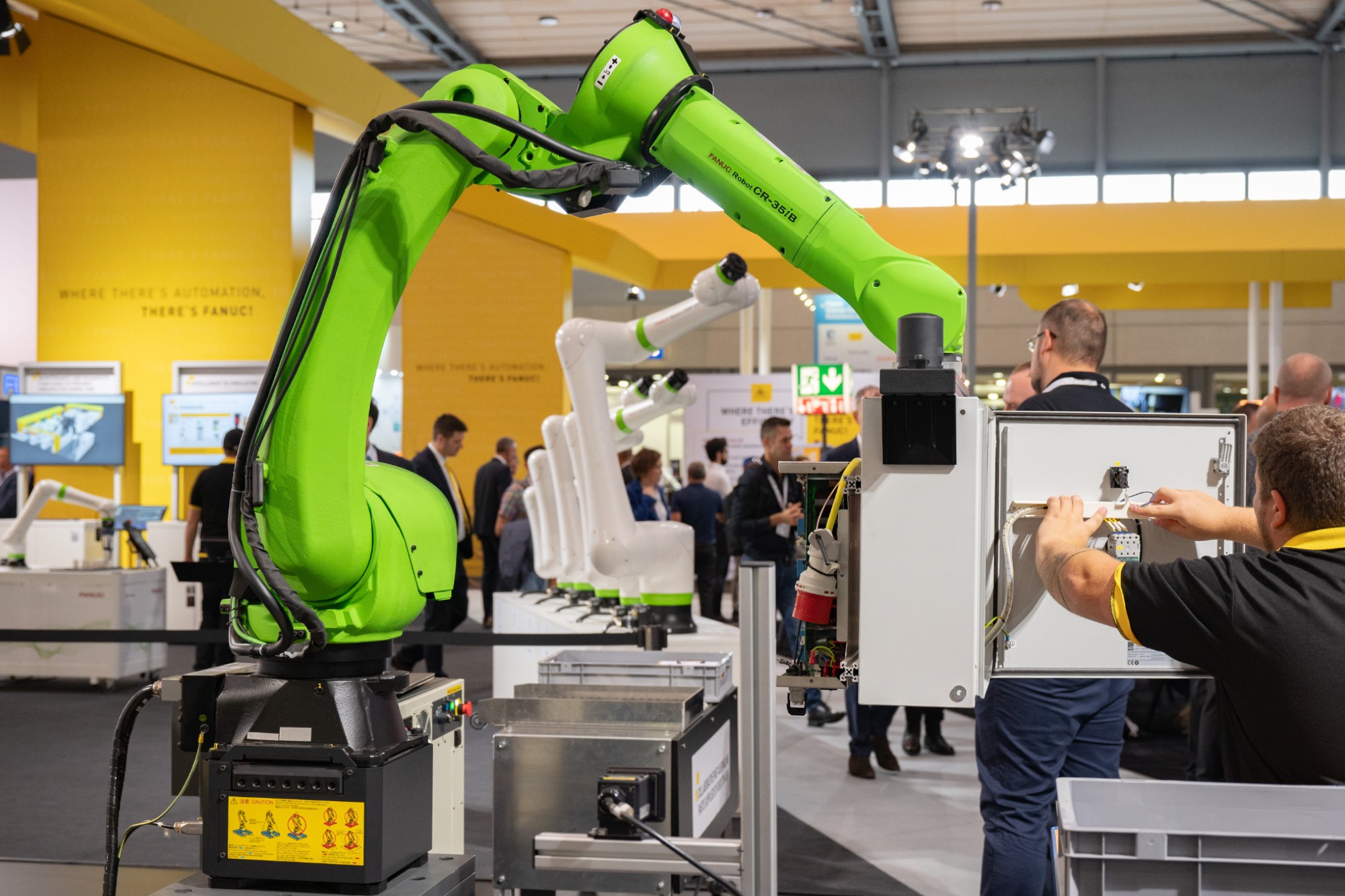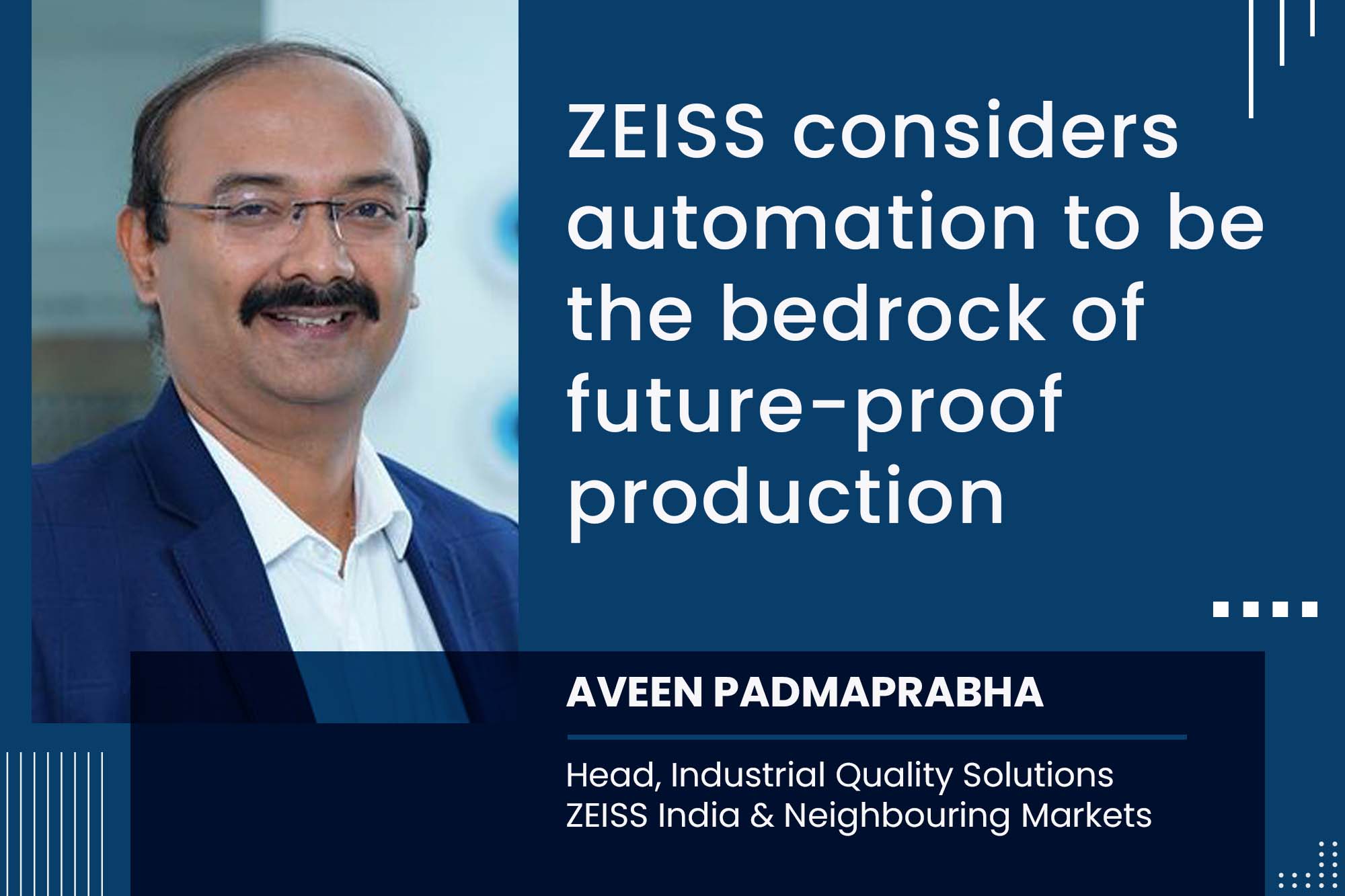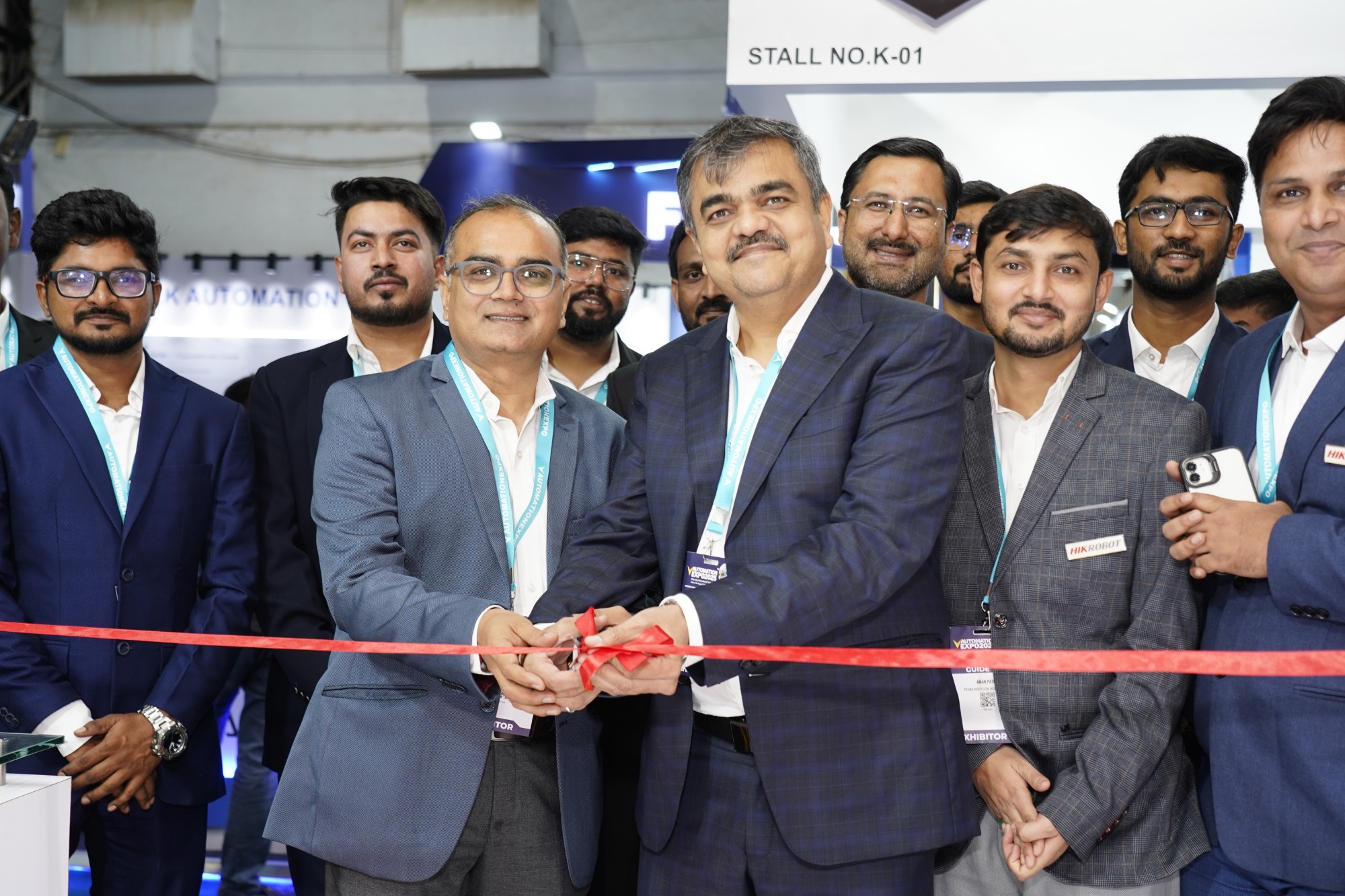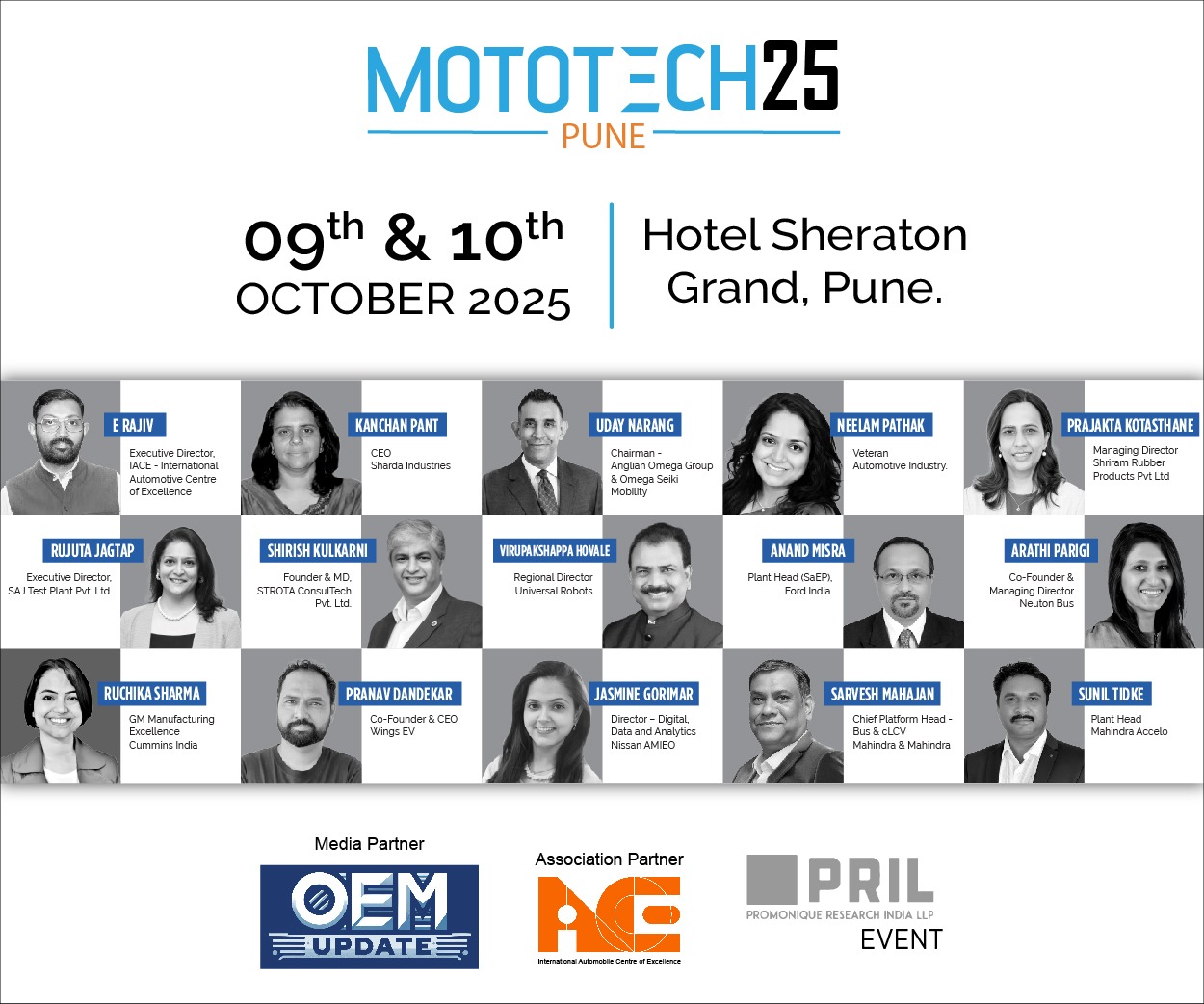Automation: The best solutions are simple to use and evolve to suit the task
By Staff Report July 3, 2025 4:26 pm IST
EMO Hannover 2025 will be held at the Hannover Exhibition Grounds in Hannover, Germany, from September 22nd to 26th. The event is the world’s leading trade fair for production technology, showcasing the latest advancements in machine tools and manufacturing.
The search for suitable automation solutions is currently at the top of the list for many companies. How can we get faster and become more flexible? What solutions are available to help us (better) fulfil our quality assurance and documentation obligations? Are there technical solutions to compensate for the loss of long-serving employees and their experience? – At EMO Hannover 2025, organiser VDW (German Machine Tool Builders’ Association) expects a broad range of automation solutions, from simple handling systems to autonomous factories with self-driving systems.
“Against the background of higher costs and a shortage of skilled workers, automation is vitally important for the industry,” emphasises VDW Executive Director Dr. Markus Heering. To benefit from the desired competitive advantages, the user and solution must be a perfect match. Not every company has the same automation requirements, and solutions must be consistent to be truly effective. According to Heering, an important basic requirement is that the systems are easy to operate, scalable and flexible enough to adapt to individual requirements. In addition, it must be possible to integrate the solutions for both large series runs and the economical production of individual items.
Automation relieves the burden on employees
Simple automation solutions include pallet changers and handling systems. A growing trend is the integration of ancillary processes such as cleaning, labelling or measuring, explains VDW. Many machine manufacturers are upgrading their machines with automation solutions and supporting operators with intuitive user interfaces and assistance systems. EMO is likely to focus on systems that use AI (artificial intelligence) to provide employees with optimal support, whether by answering questions, providing instructions, or offering solutions to problems. This is expected to be particularly useful in future to support new or less experienced employees.
Another major topic for automation at EMO will be the use of robots. According to the IFR (International Federation of Robotics), around 4.3 million industrial robots are currently in use worldwide. Last year alone, their number rose by 10 percent. The IFR also expects double-digit growth rates in the coming years. In terms of robot density (number of robots per 10,000 employees), South Korea (1,012) and Singapore (730) were the frontrunners in 2024, ahead of Germany (415) in third place. For Dr. Dietmar Ley, Chairman of the VDMA Robotics + Automation Association, one thing is certain: “Robotics and automation are key technologies for the future growth of national economies, as they increase productivity, drive innovation, and open up new opportunities.”

Cobots as straightforward productivity drivers
Many small and medium-sized companies, and those with rather small production runs, are asking themselves whether it makes sense for them to use industrial robots. In this scenario, cobots (collaborative robots) could be an interesting option. Thanks to their ease of use and rapid deployment, they are suitable for companies of all sizes. They also offer the benefit of being a straightforward introduction to automation, and can be connected using the plug-and-play principle. This makes them particularly well-suited to pick-and-place tasks or the loading and unloading of machines. Cobots can also take on internal transportation tasks. They work well in harmony with AMR (autonomous mobile robots) and can help to increase production efficiency, by loading machines and handling materials. At EMO, numerous exhibitors will be offering automation solutions with robots, including Kuka, Robojob, Wick, Apex, Fanuc and many more.
Human-machine interaction benefits from AI
Artificial intelligence is also increasingly being integrated into cobots. The robot learns to recognise and grasp various objects, such as unsorted components, while responding to commands and completing quality assurance tasks. Experts believe cobots have very promising prospects to offer, especially as they are flexible and mobile, and are constantly opening up new fields of application. The machine tool industry is becoming increasingly aware of how well industrial robots and cobots can complement each other. In this scenario, the cobot handles flexible automation and assistance, while the industrial robot ensures high levels of efficiency in large series, according to the experts.
Collaborations between humans and machines are likely to play a major role in the future of automation. The key to its success is that people do not need any programming skills to work with robots. In what is quite a charming interaction, operators can communicate with their “colleague” simply through language, facial expressions and gestures, to give instructions or have questions answered.
Cookie Consent
We use cookies to personalize your experience. By continuing to visit this website you agree to our Terms & Conditions, Privacy Policy and Cookie Policy.
